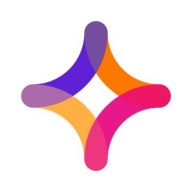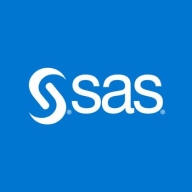

SAS Data Integration Server and Jitterbit Harmony are products in the data integration market. Jitterbit Harmony appears to lead in features and usability, offering valuable investment despite its cost, while SAS Data Integration Server provides reliable pricing and support.
Features: SAS Data Integration Server provides robust capabilities for data integration, management, and transformation suitable for complex data environments. Jitterbit Harmony offers an intuitive interface, extensive connectivity options, and a seamless integration experience.
Ease of Deployment and Customer Service: Jitterbit Harmony provides a cloud-based deployment model for rapid implementation with responsive customer service. SAS Data Integration Server requires more infrastructure setup with support focused on comprehensive solutions for larger enterprises.
Pricing and ROI: Jitterbit Harmony involves a higher initial investment but delivers swift ROI due to streamlined deployment and efficiency. SAS Data Integration Server usually has a straightforward pricing structure with long-term benefits, especially for organizations needing deep data integration capabilities.

Jitterbit Harmony is a comprehensive platform for data integration and API management, enabling seamless synchronization and automation across cloud-based and on-premises applications.
Users leverage Jitterbit Harmony to integrate systems like ERP and CRM applications, simplifying complex data workflows and enhancing automation. It supports efficient data migration and ensures smooth connectivity, handling diverse integration needs and helping streamline business processes. Users emphasize its drag-and-drop functionality and extensive templates, which contribute to its robust performance. However, improvements are needed in data mapping, error message clarity, and documentation, especially when dealing with large data volumes.
What are the key features of Jitterbit Harmony?Companies across retail, manufacturing, healthcare, and finance sectors use Jitterbit Harmony to integrate critical applications and automate workflows. In retail, it connects inventory systems with sales platforms, reducing manual effort. Manufacturers sync their ERP systems with supply chain software, optimizing operations. Healthcare organizations integrate patient management systems with insurance databases, streamlining patient care. Financial institutions use it to connect accounting software with banking systems, ensuring real-time financial data exchange.
We monitor all Data Integration reviews to prevent fraudulent reviews and keep review quality high. We do not post reviews by company employees or direct competitors. We validate each review for authenticity via cross-reference with LinkedIn, and personal follow-up with the reviewer when necessary.